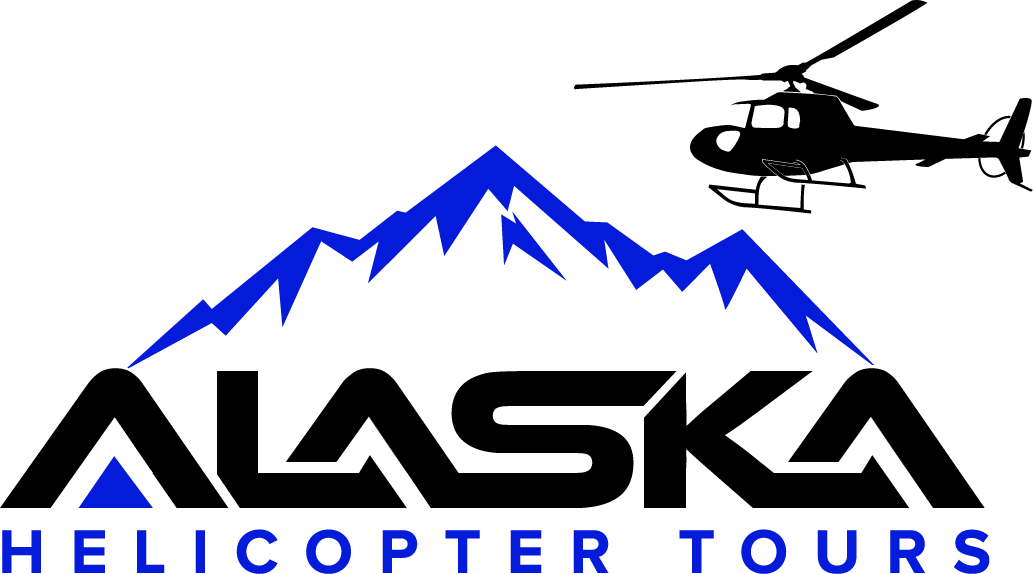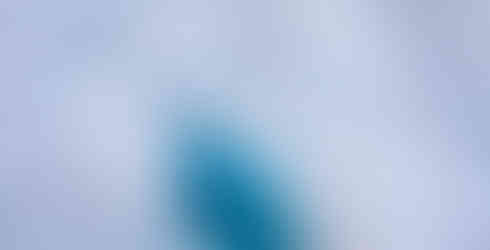What Glacier Features Can I See on an Alaska Helicopter Tour?
- Alaska Helicopter Tours
- Aug 14
- 5 min read
Updated: Aug 19

When you picture your dream trip to Alaska, glaciers are probably at the top of your must-see list. And for good reason — glaciers are some of the most breathtaking natural wonders on Earth.
Did you know there are around 100,000 glaciers in Alaska? The Anchorage area alone has nearly 60 you can explore, including Knik Glacier and Colony Glacier — two of the most stunning and accessible glaciers you’ll visit on an Alaska Helicopter Tours flight. A glacier is more than just frozen water — it’s a constantly moving, evolving “river of ice,” a term that comes from the French word glace (glah-say), meaning “ice.” Glaciers shift and change every day, carving the landscape and creating incredible formations you can only see in person.
Glacier features are the unique patterns, shapes, and structures formed by the movement of ice and meltwater. From deep blue melt pools to towering icefalls, each feature tells the story of how the glacier lives and breathes. On an Alaska helicopter tour, you can spot these features from above, land to explore them up close, and gain a whole new appreciation for just how alive a glacier really is. Our pilots know these glaciers inside and out, pointing out fascinating features as they fly over or land right on the ice.
Here are 10 unique features of glaciers in Alaska:
Medial Moraines: How Glaciers Create Dark Center Lines

If you spot a long black or dark line running down the middle of a glacier, you’ve found a medial moraine. These form where two glaciers meet and merge, carrying with them rock and debris that have fallen from the valley walls.
Unlike lateral moraines, which run along the sides of glaciers, medial moraines form right down the center — a natural marker of where two “rivers of ice” have fused together. Because they’re mostly surface features, medial moraines often disappear when the glacier retreats.
Melt Pools (Melt Ponds): Brilliant Blue Water on Alaska Glaciers
Few glacier sights capture visitors’ attention like a melt pool. These shimmering pockets of water, often formed in different shapes and sizes, form on the surface of glaciers and ice shelves. They stand out against the surrounding ice — darker in color and sometimes startlingly clear. Melt pools form when surface ice melts in warmer weather, and as the temperatures drop, that water can refreeze into ice again. Meltwater can also form under the surface, creating hidden pools beneath the ice.
Our Knik Glacier tours between May and August often showcase the most vibrant melt pools — be sure to have your camera ready when you spot one.
Glacial Silt: The Source of Alaska’s Turquoise Rivers and Lakes
What makes Alaska's river and lakes such a surreal shade of turquoise blue? It’s thanks to glacial silt, also called glacier flour or rock flour.
Glaciers grind against bedrock, creating fine particles of rock and clay that are carried away by meltwater. Because these particles are so fine, they stay suspended in the water instead of sinking. When sunlight reflects off them, the water glows a milky turquoise color that’s unlike anything else you’ll see.
Glacial Moulins: One of the Most Fascinating Glacier Features to See from Above

Photo: Juno Kim
From above, a moulin looks like a mysterious, perfectly round hole in the glacier’s surface. These vertical shafts, carved by flowing meltwater, can plunge deep into the glacier, acting like a natural drainpipe for the ice.
The name comes from the French word for “mill,” and seeing one from the air is mesmerizing — especially when you catch the light bouncing off the icy walls inside.
Icefalls: Where Glacier Ice Cascades Over Steep Drops

Photo: Juno Kim
An icefall is the glacier equivalent of a waterfall — ice flowing over a steep drop.
As the glacier moves downhill and over uneven terrain, the ice fractures into a jumble of towering blocks and deep crevasses. This creates a chaotic, beautiful pattern of broken ice. Icefalls are especially dramatic when viewed from above during an alpine landing on our Grand Knik Tour.
Crevasses: Deep Cracks in a Glacier’s Surface
An open crack in the glacier’s surface, sometimes gaping enough to swallow a person. Crevasses are cracks in glacier ice caused by changing stresses as the ice moves. Crevasses may form on the glacier surface, on its underbelly, or on the sides.
Glacial Caves: Hidden Passages Within the Ice

Photo: Juno Kim
Glacial caves form inside the ice itself, often carved out by streams of meltwater. Some are small enough to peek into, while others stretch for hundreds of feet. The walls glow a surreal blue, and the air inside feels crisp and otherworldly.
Because glaciers are constantly shifting, these caves can change or disappear from one season to the next — making every sighting a unique experience.
Icebergs: a Roaming Glacier Feature
When large chunks of ice break away from the edge of a glacier, the process is called calving, and the resulting pieces are known as icebergs.
Icebergs can float in the ocean or in glacial lakes like Lake George, where we often see them on our tours. Some are small, while others are the size of houses, drifting slowly through icy waters.
Nunataks: Mountain Peaks Rising Above the Ice
A nunatak is a mountain peak or rocky ridge that sticks up through a glacier, like an island in a sea of ice. They provide a stark contrast to the smooth white glacier surface, and sometimes our tours even land on them for a one-of-a-kind vantage point over the ice.
Can any plants or animals live on a nunatak? In summer, hardy mosses, lichens, and tiny alpine flowers can grow here, while birds may nest on the rock and insects shelter in crevices. During the long winter, most of this life retreats, leaving the nunatak bare and windswept until the next thaw.
Calving Events: A Powerful Glacier Feature in Action
Calving isn’t just how icebergs are made — it’s a spectacle in itself. Sometimes you’ll hear a glacier groan and crack before a massive slab of ice shears off and crashes into the water below. At Knik Glacier, calving events can send waves rippling across the water — and from a helicopter, you get the best view in the house.
See These Glacier Features for Yourself
Now that you know the glacier features you might spot on an Alaska helicopter tour, it’s time to experience them in person. Whether you’re marveling at a moulin, standing next to a melt pool, or flying over an icefall, every moment in glacier country is unforgettable.






















